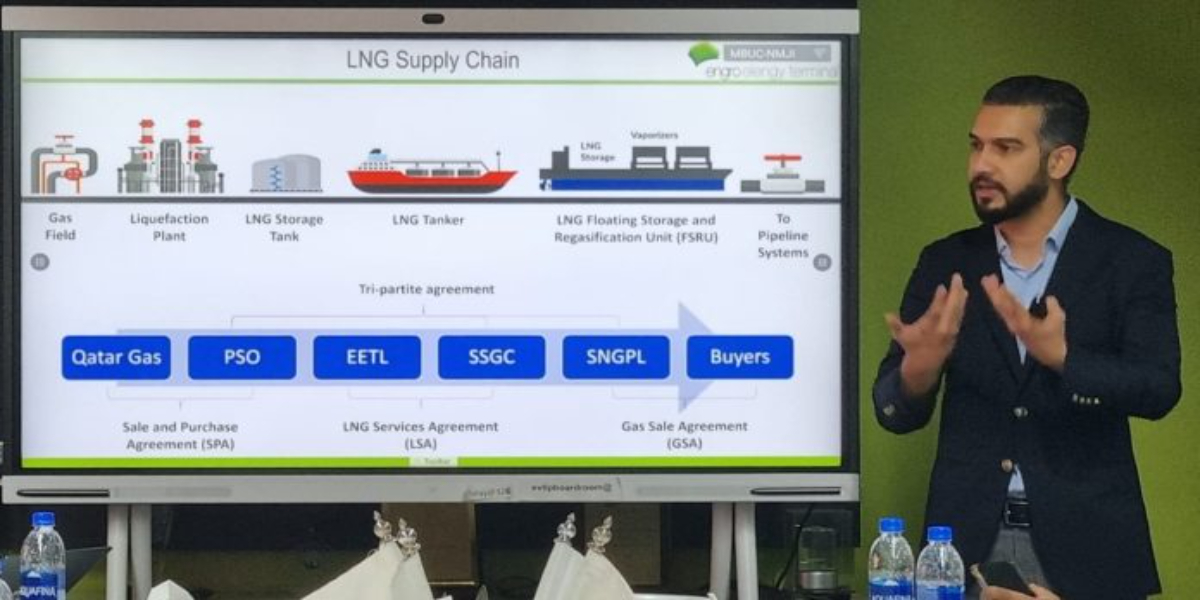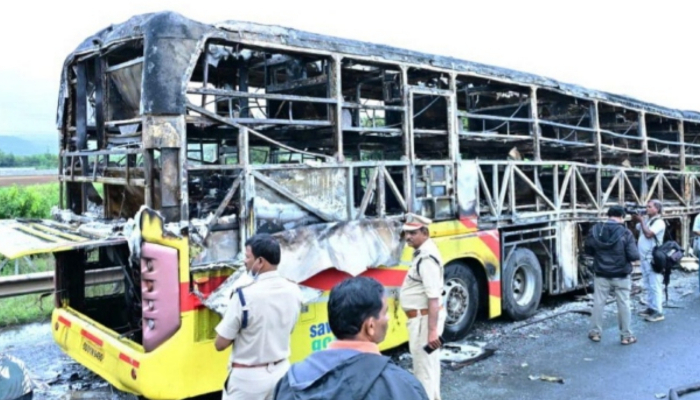KARACHI: Engro Elengy Terminal (EETL) chief executive officer Yusuf Siddiqui has underlined the need for expansion of the existing liquefied natural gas (LNG) terminals and development of onshore terminals to effectively tackle the prevailing gas crisis in the country.
“To curtail the gas crisis, Pakistan must prioritise the expansion of [the] existing terminals under the approved Third-Party Access (TPA) rules on an immediate basis, while eventually transitioning towards onshore terminals for greater energy security,” he said, while talking to newsmen.
Highlighting the achievements of EETL, the CEO shared that EETL had set new industry benchmarks in over five years of its safe and essentially non-stop operations with an availability factor of around 98 per cent. “The EETL now contributes around 15% gas supplies to Pakistan and can be considered the country’s largest gas field with 630-690mmscfd [million cubic feet per day] reserves.”
As the most utilised regasification terminal in the world, Yusuf Siddiqui said it had enabled Pakistan to save more than $3 billion through import substitution of furnace oil. Since its inception, the EETL has achieved send-out of more than 1200 billion cubic feet (BCF) of RLNG/natural gas.
Further, its partnership with world-class organisations like Royal Vopak of The Netherlands has brought global expertise and foreign investment to Pakistan for the development of the LNG sector.
He said LNG imports, which now constituted around 30 per cent of the total gas supply mix, had been instrumental to bridge energy shortages as the production of indigenous gas continued to decline drastically.
To mitigate gas shortfall in future, the CEO said the government had adopted a favorable policy of encouraging private sector involvement in the LNG sector, but there was a need to remove any roadblocks that impeded operationalisation of additional capacity of existing LNG terminals under TPA rules, as allowed under the LNG Policy 2011 and LNG Supply Agreement (LSA) with SSGC.
“The TPA will allow private players to have access to the terminal capacity and bring LNG in the country, with no guarantee or liability required by the Government or state-owned entities. This step will facilitate LNG market development as a whole and mitigate circular debt in the gas sector,” he said.
While the expansion of existing terminals offered a short-term and quickest possible solution to bridge the supply-demand gap, he said Pakistan must eventually shift its focus from FSRU-based terminals to onshore LNG terminal.
Based on global experience, Yusuf said the deployment of the first or second FSRU (Floating Storage Regasification Unit) was followed by an onshore terminal to ensure energy security, longevity of the gas market and creation of a strategic national asset for the country.
With an expected capital outlay of $500-600 million, Engro Corporation and Royal Vopak are evaluating the development of Pakistan’s first multi-functional onshore LNG terminal that would offer regasification, bunkering and LNG trucking services.
If approved, the project will be built in a phased approach on open access terminal concept. The onshore terminal would result in reducing foreign exchange outflow, compared with FSRUs, creating greater market competition and helping optimise the LNG supply chain.
[embedpost slug=”/germanys-bundesbank-raises-gdp-growth-forecast-for-2022/”]

















